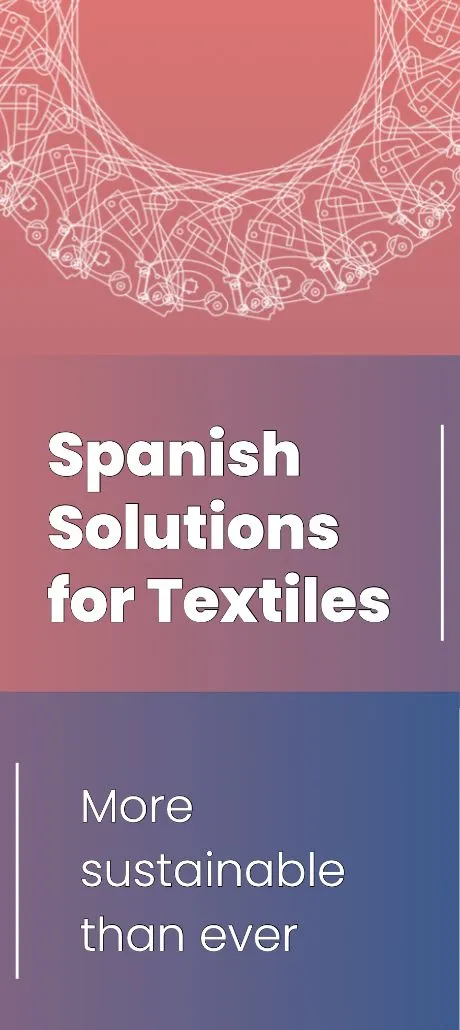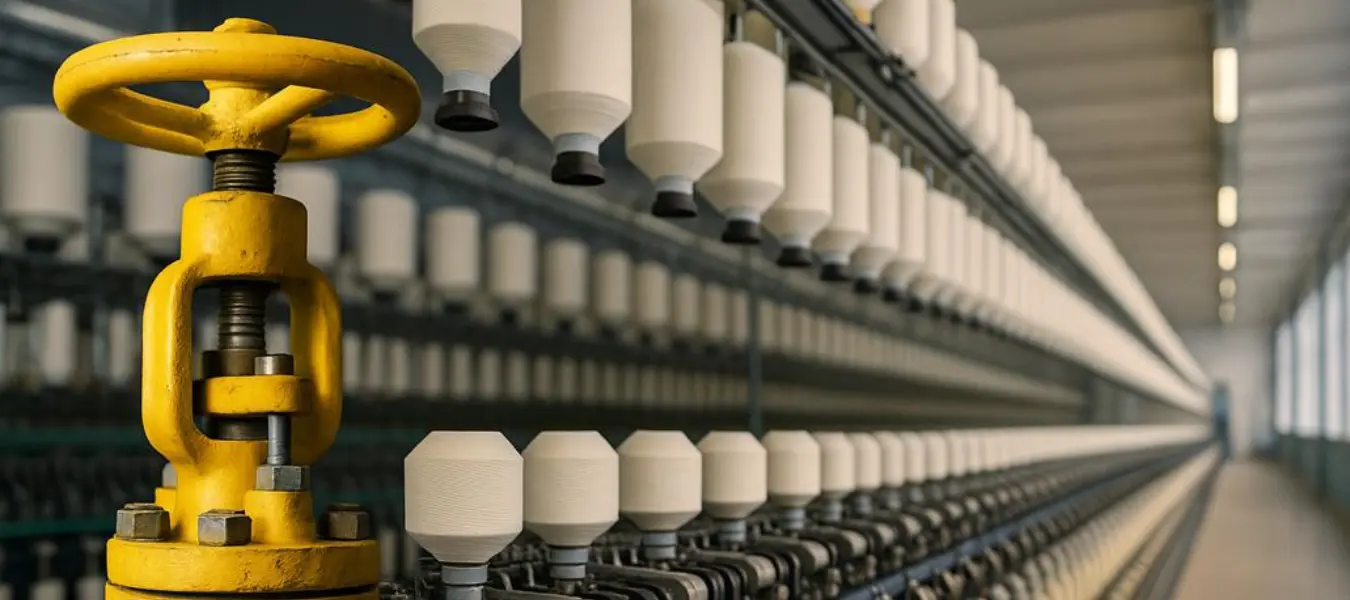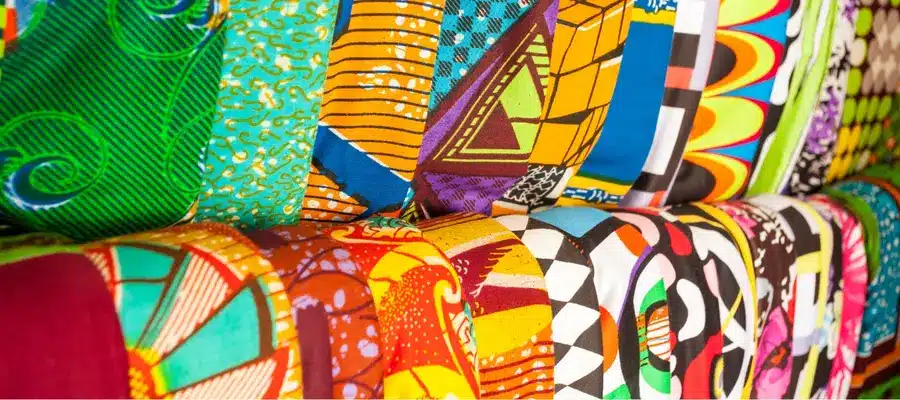Libya, a North African country better known for its vast oil reserves, has historically maintained a modest but culturally rich textile and apparel industry. Traditional handwoven rugs, wool cloaks, and embroidered garments were once widely produced and worn. In the 1980s, the state made a concerted push to industrialize textile production, establishing key factories such as the Bani Walid Wool Textile Complex. The government invested heavily in textile manufacturing to diversify the economy away from oil, importing European machinery and centralizing production under state-owned enterprises.
Despite initial promise, the sector struggled due to outdated technology, weak international competitiveness, and limited integration with global value chains. UN sanctions in the 1990s further isolated the Libyan economy, making it difficult to import spare parts or modernize facilities. Still, factories like Bani Walid produced hundreds of thousands of square meters of wool carpets annually and provided stable employment to skilled workers from across the country.
From Collapse to Fragile Recovery
The 2011 revolution and ensuing conflict had a devastating impact on Libya’s manufacturing base. Textile factories were looted, damaged, or abandoned as security deteriorated. The Bani Walid facility, once a regional leader in wool processing, suffered extensive infrastructure losses. Many machines were destroyed or rendered inoperable, while others could not be repaired due to import restrictions and the departure of foreign technical staff.
Today, only fragments of the sector remain. Bani Walid has resumed limited production, operating at about 30% of its former capacity under the Economic and Social Development Fund (ESDF). Daily output has dropped from over 1,500 meters of carpet to fewer than 700 meters. Electricity shortages, lack of trained operators, and dependence on imported dyes and raw materials continue to hamper operations.
Small tailoring shops and traditional artisans have filled part of the void in cities like Tripoli, Misrata, and Benghazi. These producers cater primarily to the local market with school uniforms, wedding garments, and handmade rugs. However, the absence of a nationwide production strategy or industrial zones has left the sector fragmented and inefficient.
Libya’s Dependence on Imports
With domestic capacity in decline, Libya has become one of the most import-dependent textile markets in the Middle East and North Africa. According to UN Comtrade data:
- In 2019, Libya imported over $353 million in knitted apparel (HS Code 61)
- Over $274 million was spent on woven garments (HS Code 62)
- An additional $116 million went toward home textiles and fabrics, including bedding, curtains, and upholstery.
More than 90% of Libya’s textile consumption is now met by imports. China is the leading supplier, offering low-cost synthetic and cotton garments. Turkey follows closely, exporting mid-range fashion and workwear, supported by strong logistics and cultural ties. Regional exporters like Egypt and Tunisia benefit from duty-free access under the Greater Arab Free Trade Area (GAFTA). The UAE and Italy also contribute, particularly in luxury goods and household linens.
In contrast, Libya’s exports are negligible—less than $10 million per year—mostly limited to wool carpets and scoured wool sold to niche markets in Europe and the Gulf.
Infrastructure and Labor Deficits
Rehabilitating Libya’s textile infrastructure remains a major challenge. Most factory machinery dates back to the 1980s or earlier. Modern looms, finishing systems, dyehouses, and cutting/sewing lines are rare. Power outages and water shortages further affect production continuity. Even where machinery is still usable, spare parts are often unavailable due to currency restrictions or logistics barriers.
The labor force also faces serious gaps. Thousands of skilled technicians, patternmakers, and machine operators left the industry during the conflict years. Libya lacks vocational schools focused on textiles or fashion design, leaving younger generations untrained. As a result, even small tailoring businesses struggle to find capable workers. To revitalize production, Libya will need comprehensive training initiatives and incentives to re-attract skilled labor.
New Investment Signals and Strategic Opportunities
Despite ongoing challenges, signs of renewal are emerging. In early 2025, a consortium of 25 Egyptian textile and furniture firms announced plans to invest in 1.2 million square meters of industrial land in Misrata and Benghazi. Their aim: establish a network of manufacturing units producing garments, upholstery, and uniforms for both domestic and export markets. These zones are supported by Libya’s Ministry of Economy and are expected to receive favorable terms such as rent-free land and tax exemptions.
China has also expressed interest. In 2024, Libyan delegations visited Chinese textile hubs in Zhejiang and Guangdong to explore opportunities for joint ventures, machinery procurement, and training partnerships. Discussions are underway to develop textile clusters in Tripoli and Sabha, where Libya’s access to raw wool and cotton imports from Chad and Sudan can be leveraged.
Areas with the greatest investment potential include:
- School uniforms and institutional workwear
- Home textiles (curtains, bedding, furniture covers)
- Wool-based carpets and blankets
- Garment finishing and packaging for imported clothing
Trade Policy and Government Incentives
Libya is not a member of the World Trade Organization (WTO), giving it significant leeway in designing trade policy. It does, however, participate in GAFTA and the African Continental Free Trade Area (AfCFTA), offering duty-free access to regional markets. The country’s transitional government has signaled willingness to simplify import procedures and provide long-term leases to foreign investors.
The Ministry of Industry and ESDF are also taking steps to promote industrial recovery:
- Rehabilitating the Bani Walid complex with new looms and digital design software
- Identifying unused state-owned land for private textile investors
- Launching a national industrial map to align training programs with market needs
While implementation remains uneven due to Libya’s fragmented governance, these policies indicate a shift toward a more open and supportive investment environment.
Outlook: Stitching Together a New Future
Libya’s textile and apparel sector is far from achieving its potential—but its foundations remain. The country has a strong cultural tradition of textile craftsmanship, an underutilized industrial base, and a high level of consumer demand. With more than $700 million in annual textile imports, even modest domestic production could yield major benefits.
To capitalize on this potential, Libya will need:
- A stable political climate that reassures investors
- Investment in training centers and technical institutes
- Modernization of machinery and utilities
- Integration into regional supply chains and preferential trade zones
If these conditions are met, Libya could reposition itself not only as a consumer market, but as a light manufacturing hub serving North Africa and the Mediterranean. The sector could generate thousands of jobs, reduce import dependency, and contribute to long-term economic diversification.
As post-conflict recovery continues, textiles could become one of Libya’s most promising industrial comeback stories—a blend of tradition, necessity, and opportunity.

































